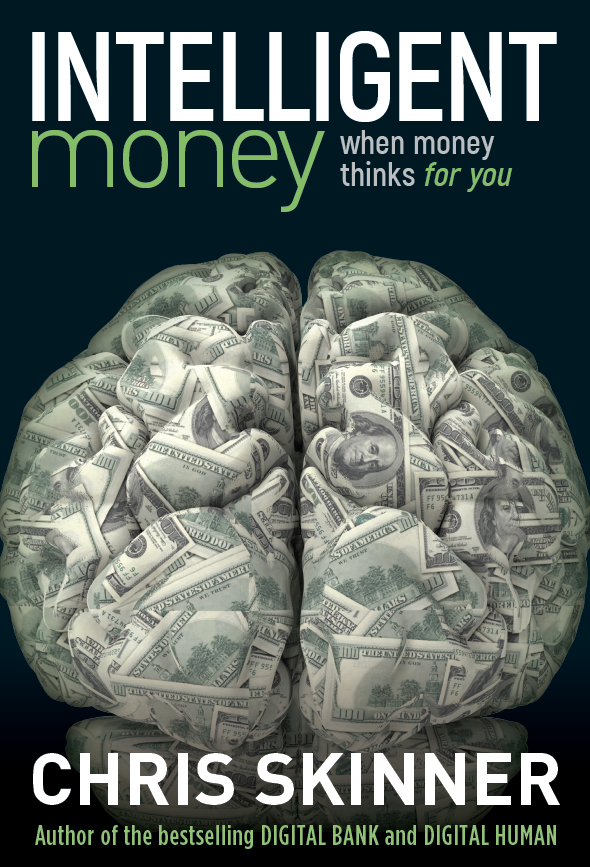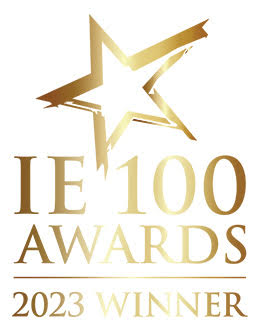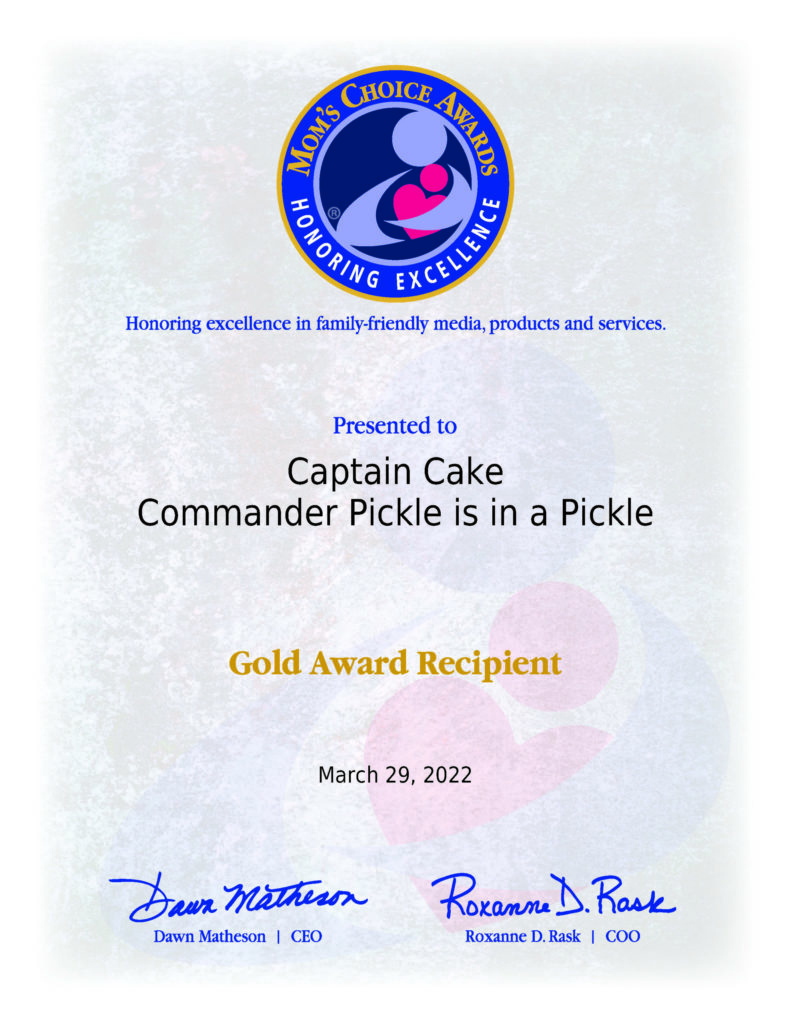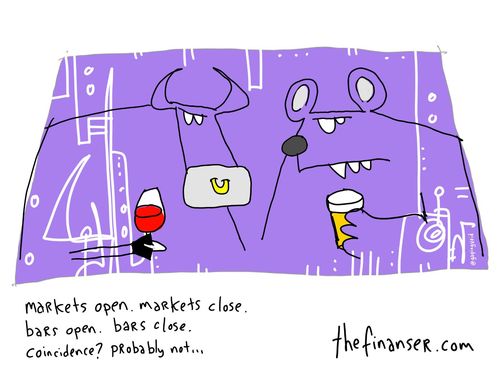
It’s interesting
looking at the attitude of various generations towards money.
The War Generation was
raised to be in debt to no-one for nothing.
Don’t take credit and, if you do have to borrow, pay it off as fast as
possible.
The Boomer
Generation was raised to borrow as much as possible from everyone. The aim was to leverage as much as possible
in youth years in order to create wealth and capital for the grey years.
Generation X was
raised without understanding money at all.
Just spend and the bank will find a way to give you credit. So they lived the life of Reilly and are now
paying for it.
Obviously all of
these attitudes are shaped and formed by banks and bank marketing.
Generation Y are now
entering the brethren of banking with a loathing for the profession, a fear of
credit and a disdain for those who borrow to own.
Obviously, these are
very sweeping generalisations and fairly market specific, e.g. the above
would not apply to consumers in Africa or China, but they are very true for my friends
and family.
Equally, if bank
marketors are responsible for these attitudes, then it is interesting to see
how they are shaping the next generations’ understanding of credit.
I’ve noticed this in
three recent illustrations of money and children.
The first was the
winner of innotribe last year.
Against stiff competition
from many innovations and innovators, Playmoolah from Singapore won the overall
prize for a startup innovator in finance.

I was personally a
little disappointed by this, not because Playmoolah is a poor choice but because
there were many other startups more relevant to the core business of
banking such as those that improve security, risk and reward.
But that may be the
point, that the bankers were choosing the safe choice. The one they could partner with and the one
that would teach our children about banking, money and finance.
If you don’t know
Playmoolah,
it’s a fun way for parents to teach their children about how to manage money. Here’s their innotribe pitch if you want the
full insight:
So we see education of children as important.
This is reinforced by another company offering a financial education
product that I recently encountered called Ekomini.
Ekomini is a USB connected piggy bank for children to see how
saving builds toward goals. Again, a
simple tool for parents to get their children understanding finance. A video overview gives you a good insight of
this product.
And as can be seen from their marketing:

It’s a product that is multilingual and going global.
On a more localised basis however, I spotted this
new play that’s being performed in London at the moment: Bank on it.
It’s a theatre show that aims to introduce children as young
as five to the world of finance and starts with booking a ticket online as
though you were opening a bank account.
The show itself then starts with a broken ATM and an evasive bank-manager,
just like in real life (?).
Interestingly, when you see why the show was created, there
some interesting views. Sue Buckmaster, the
Show’s artistic director, says:
"When adults try and explain what went wrong, they get
very complicated very quickly."
Her proposal was to consult kids themselves.
When she asked
them to explain a bank, "Five year-olds went: 'It's this thing in the
wall. You put a card in and get money out. Then you go inside and buy stuff.
It's called a Sainsbury's Bank or a Tesco Bank.' They understood it as a
shop." Older children had a slightly different take. Asked why there might
be a shortage of money, they suggested robbery and accidental overspending.
By jove, I think they've got it.
Chris M Skinner
Chris Skinner is best known as an independent commentator on the financial markets through his blog, TheFinanser.com, as author of the bestselling book Digital Bank, and Chair of the European networking forum the Financial Services Club. He has been voted one of the most influential people in banking by The Financial Brand (as well as one of the best blogs), a FinTech Titan (Next Bank), one of the Fintech Leaders you need to follow (City AM, Deluxe and Jax Finance), as well as one of the Top 40 most influential people in financial technology by the Wall Street Journal's Financial News. To learn more click here...




















